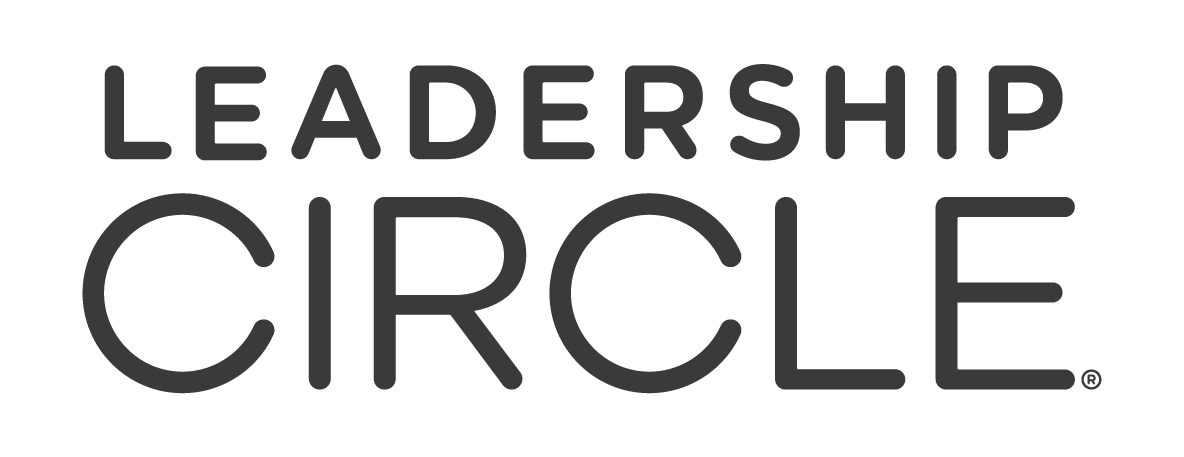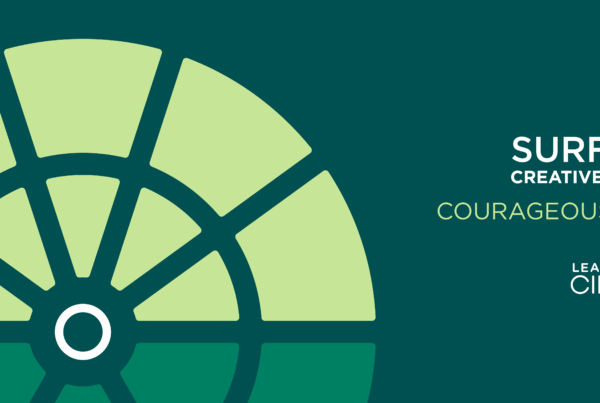Today’s leadership coaches have access to a wide variety of tools, training, and best practices from world-class organizations, such as The Leadership Circle. I start almost every new coaching partnership by having participants complete the Leadership Circle Profile. This industry-leading tool is a great starting point because it goes beyond typical assessment tools, which focus only on narrow areas of management.
Comparing The Leadership Circles two halves – Reactive Leadership and Creative Leadership – is a concept that I often discuss with my clients. Within the spectrum of human development, most people fall under the Reactive category. This is not necessarily a bad thing – Reactive Tendencies make most of us good at our jobs, especially for those who are front-line professionals working in fields like engineering, customer service, safety, or quality assurance. Effective leadership, however, lies within the Creative half – yet only 20 percent of leaders fall under this category. Stepping into effective leadership requires setting the intention to move toward the Creative half, and then putting in the work to do so.
The Role of Vulnerability in Leadership
Part of my coaching training has also come from another prominent industry leader – Brené Brown. Her teachings on vulnerability are very much at the core of my client work. Over the years, I’ve found that the line between Reactive and Creative leadership is precisely that: vulnerability. The line between these two leadership styles require letting go of the need to win, to be liked, or to be right, which is essentially the need for approval. It requires the acceptance of uncertainty, risk, and emotional exposure, which is how Brené Brown defines vulnerability. Stepping into creative and strategic leadership involves vulnerability.
Reactive vs. Creative Leaders
Preparing for a Volatile, Uncertain, Complex, and Ambiguous (VUCA) world as a senior leader or executive requires vulnerability because we need to let go of fear. The Reactive Leadership Styles – Complying, Protecting, and Controlling – are fear-based. Complying comes from the fear of not being liked, which prevents us from having tough conversations. Protecting comes from the fear of losing worth. Can you accept not being right? Controlling comes from the fear of losing control but also letting go of winning. Can you give someone feedback and let them decide whether or not to internalize and act on your comments?
On the other hand, the Creative Leadership Competencies – Relating, Self-Awareness, Authenticity, Systems Awareness, and Achieving – all require vulnerability. Relating asks leaders to have empathy for others. Self-awareness requires the intention to share tough thoughts and experiences in service of others. Authenticity requires the ability to disregard what others might say. Systems awareness asks leaders to take a view of the whole system, letting go of the need to win. Achieving requires releasing the pursuit of perfection.
Another Angle: Armored vs. Daring Leadership
Brené Brown also refers to the split in leadership styles as armored leadership versus daring leadership: “The need to be right versus the need to get it right.” Armored leaders are very reactive: they react to fear, scarcity, and differences in power, control, and certainty. They ‘armor up’ against vulnerability, which impacts how they see and treat both themselves and the people around them. Not only do they choose not to step into vulnerability and move toward daring leadership, they may even put in the effort to stay armored.
Daring leaders, on the other hand, are highly strategic: they practice empathy and self-compassion, take risks, and understand when to pull back or step forward. They put in constant effort to step into vulnerability, and look for opportunities to practice Creative Competencies. Effective leaders cannot work from a place of fear or scarcity. Letting go of these require moving into a place of empathy and self-compassion. Only once you begin to work toward Creative Competencies will things open up to you as a leader. Taking that step from armored toward daring leadership, and consequently, from Reactive to Creative, requires a leader to operate from a place of vulnerability.
Begin with Vulnerability
Starting my work with my clients using a 360° assessment is the most vulnerable part of the process. Willingly comparing how they view themselves and how others view them and accepting these results is the first step participants take into vulnerability. You might think that you have an idea of how others in your organization see you, but the 360° assessment can reveal a lot about how you see yourself and how others see you. Are you prepared to open yourself up to closer scrutiny by the people you work with every day? For the tool to be at its most effective, leaders must accept the vulnerability required by this process.
Stepping into vulnerability also ties into one of Bob Anderson’s metaphors of upgrading your Internal Operating System. The choice to step into vulnerability requires a mindset shift. Keeping the same OS means you cannot run newer software. When you upgrade your software, you can access and run both the old and new. Upgrading your OS brings you to a place of self-awareness, and from there, a place of choice of how to lead. When do you step up? When do you take a step back? It is this mindset development that is the first step toward effective leadership. Many leadership training courses cover practical management and other professional skill set building. However, this mindset shift of effective leadership should be essential to any training taken by senior leaders and executives.
Varied Frameworks, Same Focus on Vulnerability
There are many concepts from the teachings of Brené Brown that overlap with Bob Anderson and The Leadership Circle. Over the years, I’ve found that exploring these areas of overlap has helped enrich the leadership concepts and discussions that I have had with my clients. As leadership coaches, we are fortunate to have extensive research to pull from and be able to provide varied perspectives to the leaders that we work with. Varied leadership concepts allow us to work with clients to connect the dots in a multitude of ways, and illustrate the relationships between these concepts in the best way possible. It is through this exploration that I had that “a-ha” moment and found that the line between Reactive Tendencies and Creative Competencies is vulnerability.
What are some other lines of thinking that have helped you share more perspectives with your clients?







This is so right on Jenn! The power of vulnerability is becoming understood and leveraged by the best leaders. Seeing it as powerful is key with so much fear of vulnerability. Asking people to journal about positive experiences with vulnerability then pair share really opens them up to trying vulnerability exercises like personal history sharing.
Thanks Jenn for this article. I also value and appreciate this fabulous tool and bless Brene every day for her work on shame and vulnerability.